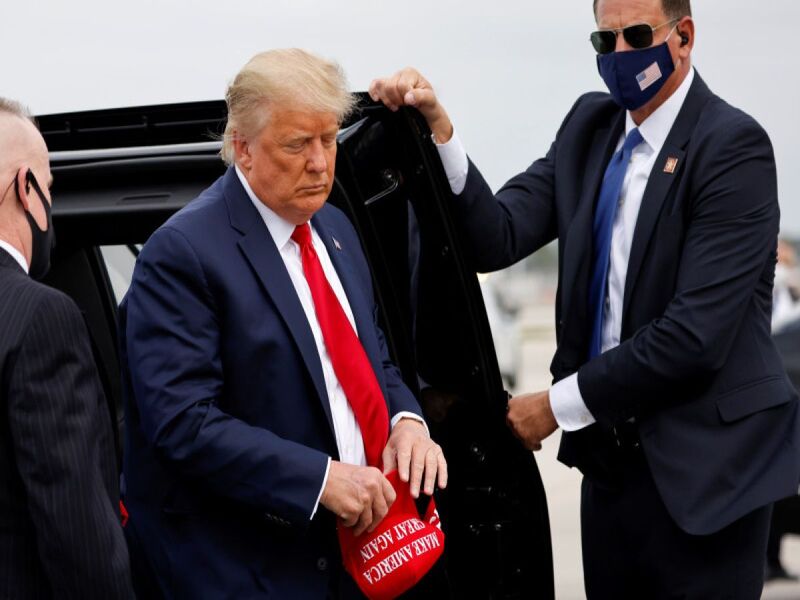The American Party | South Carolina highlights how minor political party funding shapes every decision, from ballot access battles to campaign strategy in U.S. elections.
Understanding How Minor Parties Actually Pay Their Bills
Behind every press conference and rally, minor political party funding begins with basic survival costs. Office rent, web hosting, legal advice, and travel quickly consume limited budgets.
Most small parties operate with volunteers, but some tasks need professionals. Compliance, accounting, and specialized legal work often require paid expertise, even when rates are discounted.
On the other hand, donor expectations are rising. Supporters want frequent communication, digital content, and organized events. Each of these demands adds pressure to already thin resources.
Therefore, leadership in small parties spends large portions of time fundraising instead of organizing policy or outreach. Money, not ideas, often sets the pace of activity.
Ballot Access: The First Expensive Gate
Ballot access laws vary by state, and minor political party funding is tested hardest in this arena. Signature drives, filing fees, and legal reviews require disciplined planning.
In many states, minor parties must collect thousands of signatures under tight deadlines. Paying professional petition circulators can cost tens or hundreds of thousands of dollars.
Even when volunteers gather signatures, printing, training, transportation, and verification take money. Mistakes can disqualify signatures, wasting both time and funds.
As a result, some minor parties focus on a few strategic states instead of aiming for national ballots. This choice is not ideological; it is a direct reaction to limited minor political party funding.
Compliance, Legal Risk, and Hidden Administrative Costs
Campaign finance law is complex, and minor political party funding must comply with federal and state rules. Registration, reporting, and record-keeping requirements apply even to tiny organizations.
Missing a filing deadline can trigger fines or investigations. These penalties are especially damaging when the starting budget is small and unpredictable.
In addition, parties must track in-kind donations, volunteer hours in certain roles, and coordinated expenditures. This work is time-consuming and often beyond the skills of casual volunteers.
Many small parties depend on a handful of overworked treasurers. When those individuals burn out, the party’s finances and legal standing can quickly fall into disarray.
Where the Money Comes From for Smaller Parties
Unlike major parties, minor political party funding rarely benefits from large corporate PACs or vast donor lists. Revenue streams are fragmented and fragile.
Typical sources include small-dollar individual donations, modest membership dues, and occasional medium-sized contributions from committed supporters. Crowdfunding campaigns help but are difficult to repeat.
Public funding programs exist in some states, but eligibility rules often favor established parties. Thresholds tied to past vote totals effectively lock out many smaller players.
Meanwhile, foundation grants usually avoid overtly partisan work, steering funds toward nonpartisan civic groups instead. This leaves minor parties chasing thousands of small contributions to stay afloat.
Spending Priorities: What Gets Funded and What Gets Cut
With limited minor political party funding, leaders constantly choose which priorities survive. Messaging, candidate support, and infrastructure all compete for the same dollars.
Printing yard signs, literature, and banners seems essential, yet digital outreach is increasingly critical. Balancing physical presence with online visibility becomes a core strategic decision.
Candidate support also strains budgets. Travel reimbursements, event fees, and advertising for down-ballot campaigns add up. Many candidates must self-fund to reach voters.
Salaries are usually the first item cut. Consequently, institutional memory suffers. Each election cycle begins again with new volunteers, repeating expensive lessons already learned.
Digital Campaigning: Lower Cost, Still Not Free
Social media and email are often portrayed as cheap or free tools. In reality, effective digital work still depends on minor political party funding.
Professional graphic design, video editing, and targeted ads cost money. Even small ad buys require experimentation and data analysis to avoid waste.
Furthermore, maintaining websites, security, and mailing lists involves recurring expenses. Data breaches or downtime can damage credibility and trust with supporters.
Nevertheless, digital spaces remain one of the few areas where small parties can compete more evenly. Creative content and strong community management can magnify limited budgets.
Media Access, Debates, and the Cost of Visibility
Mainstream coverage is often limited for smaller parties, making minor political party funding even more important for visibility. Without free media, paid outreach fills the gap.
Debate access rules frequently use polling thresholds, which are hard to meet without name recognition. Buying enough advertising to lift polling numbers requires significant resources.
As a result, many minor parties are trapped in a cycle. Low visibility leads to low donations, which in turn restricts visibility further.
This pattern reinforces existing power structures. Breaking it usually demands either a high-profile candidate, a viral issue, or an extraordinary fundraising surge.
Internal Conflict Over Money and Priorities
Scarce minor political party funding can intensify internal disagreements. Members debate whether to emphasize national races, local offices, or movement-building projects.
Some argue for investing in professional staff and infrastructure. Others insist every available dollar should go directly to candidates and campaigns.
These disputes are not just ideological. They reflect real trade-offs between growth, visibility, and organizational stability.
Healthy financial transparency, clear budgeting, and regular reporting can ease tensions. However, volunteer-led treasuries often struggle to maintain that level of structure.
Read More: External Perspectives on Party Finance
Read More: In-depth analysis of campaign finance rules and political money flows
Strategies to Stretch Limited Budgets
Successful minor parties treat every dollar as strategic. They design budgets backward from core goals, aligning minor political party funding with measurable outcomes.
Collaborating with aligned groups for shared events, co-branded materials, or joint training can reduce duplication. Volunteer skills mapping also helps assign people to roles that save on paid services.
In addition, recurring small donations stabilize cash flow. Monthly giving programs, even at modest levels, allow for better planning and reduce last-minute financial crises.
Targeting winnable local races can also generate momentum. A single city council win can prove viability, attract media, and justify future investment.
A Sustainable Future for Smaller Parties
Building long-term stability requires treating minor political party funding as a continuous project, not a last-minute scramble. Sustainable systems matter as much as passionate volunteers.
Investment in training, compliance, and data infrastructure may seem unglamorous but prevents costly mistakes. Over time, these foundations allow growth beyond a single election cycle.
Ultimately, the financial challenges faced by smaller parties raise broader questions about representation and fairness. When entry to the ballot requires large budgets, political diversity suffers.
Yet persistent organizers continue to adapt. With careful strategy and resilient supporters, minor political party funding can support meaningful campaigns, win local victories, and push neglected issues into national debate.




